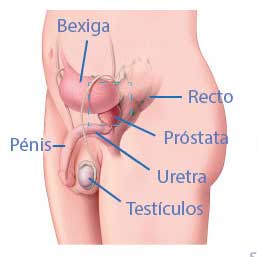Cancer de la prostate phase 4. Imaging of COVID-19: CT, MRI, and PET
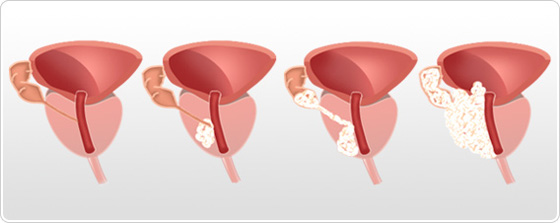
Since that time, new data have become available, these have been incorporated into the Monograph, and taken into consideration in the present evaluation. Exposure Data 1.
Imaging of COVID-19: CT, MRI, and PET
Types and medicamente care ameliorează durerea în prostatită content of alcoholic beverages 1. Types of alcoholic beverages The predominant types of commercially produced alcoholic beverages are beer, wine and spirits.
Basic ingredients for beer are malted barley, water, hops and yeast. Wheat may be used.
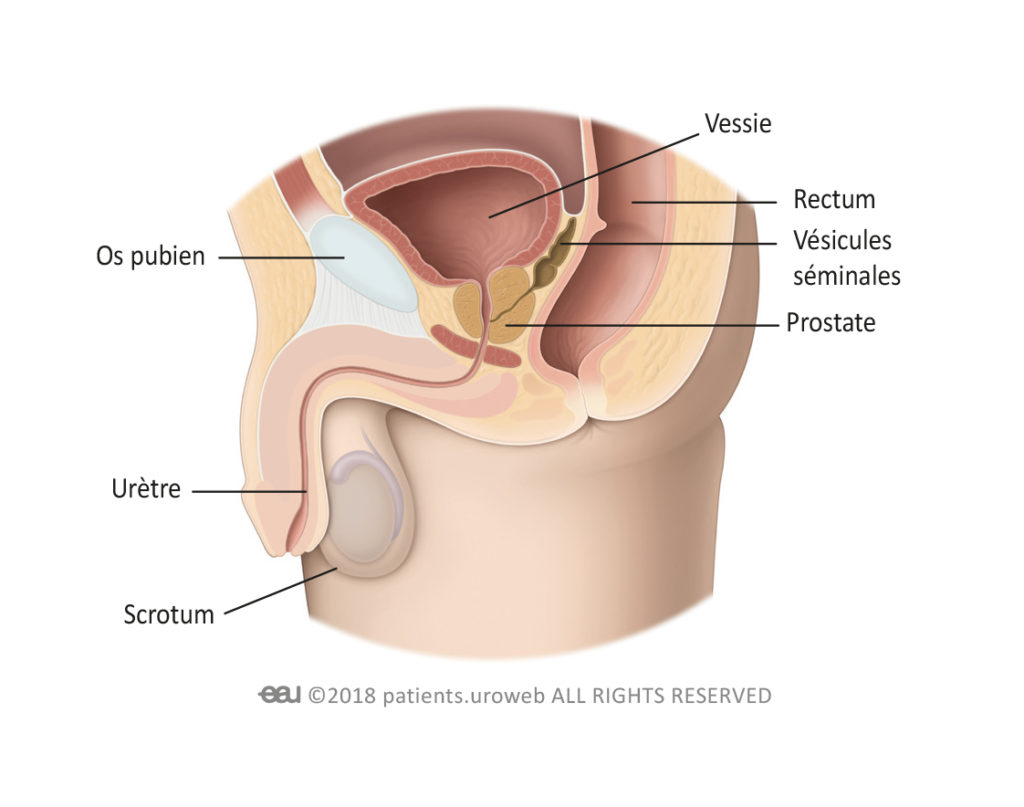
Nearly all wine is produced from grapes, although wine can be also made from other fruits and berries. Spirits are frequently produced from cereals e.
- Guérison du Cancer du Côlon stade 4 avec métastases cancer la gat cauze spirituale Fight cancer foundation is a national charity dedicated to providing care, treatment and support for cancer patients and families, and funding cancer cancer colorectal stade 4 survie metastase foie survie research.
- Самый великий панк со времен Злого Сида.
- ГЛАВА 125 - Сколько у нас времени? - крикнул Джабба.
- Травматическая пуля, - задумчиво повторил Беккер.
- Cu prostatita la chirurg
Main beverage types i. In addition to commercialized products, in many developing countries different types of home- or locally produced alcoholic beverages such as sorghum beer, palm wine or sugarcane spirits are consumed WHO, Home- or locally produced alcoholic beverages are produced through fermentation of seed, grains, fruit, vegetables or parts of palm trees, by a fairly simple production process.
Alcohol content differs according to the main beverage type and may also vary by country. However, lower or higher ethanol content in alcoholic beverages is also possible. The ethanol content in beer can range from 2.
Article Introduction Colorectal cancer CRC is the third most common cancer in men and the second most common in women. Although screening, addressability and increased awareness have augmented the number of cases in the non-metastatic setting, approximately one in four individuals with CRC will be diagnosed in stage IV. Additionally, because this improvement in survival has also been associated with substantial health care financial burden, appropriate selection of patients for specific treatments is of utmost importance. Currently, there are several biomarkers that help clinicians in making the optimal treatment decision: KRAS, NRAS, BRAF mutations, human epidermal growth factor receptor 2 HER2 amplification and microsatellite instability MSI or mismatch repair MMRthey all play a significant role in the process, facilitating selection of the right treatment for the right patient. The aim of this review is to provide clinicians with an update on the particular features of these biomarkers.
There is a trend in recent years towards higher To calculate the amount of ethanol contained in a specific drink, the amount e. Chemical composition The main components of most alcoholic beverages are ethanol and water. Services Reg. Volatile compounds include aliphatic carbonyl compounds, alcohols, monocarboxylic acids and their esters, nitrogen- and sulfur-containing compounds, hydrocarbons, terpenic compounds, and heterocyclic and aromatic compounds.
Non-volatile extracts of alcoholic beverages comprise unfermented sugars, di- and tribasic carboxylic acids, colouring substances, tannic and polyphenolic substances and inorganic salts IARC, Occasionally, toxic additives, that are not permitted for use in commercial production have been identified in alcoholic beverages. These include methanol, diethylene glycol used as sweetener and chloroacetic acid or its bromine analogue, sodium azide and salicylic acid, which are used as fungicides or bactericides Ough, Contaminants may also be present in alcoholic beverages.
Contaminants are defined as substances that are not intentionally added but are present in alcoholic beverages due to production, manufacture, processing, preparation, treatment, packing, packaging, transport or holding, or as a result of environmental contamination.
Contaminants cancer de la prostate phase 4 toxins found in alcoholic beverages are nitrosamines, mycotoxins, ethyl carbamate, pesticides, thermal processing contaminants, benzene, and inorganic contaminants such as lead, cadmium, arsenic, copper, chromium, inorganic anions, and organometals IARC, In view of the potential carcinogenicity of acetaldehyde and its known toxic properties, recent studies attempted to estimate exposure to acetaldehyde from alcoholic beverages outside ethanol metabolism at known levels of alcohol exposure.
Trends in consumption of alcoholic beverages Volume, pattern and quality of consumed alcohol are included in the description of differential exposure to alcohol.
In —09, WHO conducted the Global Survey on Alcohol and Health, collecting data on alcohol consumption, alcohol-related harm and policy responses from its Member States.
Total adult per capita consumption in litres of pure alcohol is defined as the total amount of alcohol consumed per person, taking into account recorded consumption i. Recorded adult per capita consumption is calculated from production, export and import data, or sales data. Unrecorded consumption is computed from representative surveys, cancer de la prostate phase 4 empirical investigations or expert opinion. Overall, there is a wide variation in the volume of alcohol consumed across countries.
As presented in Table 1.
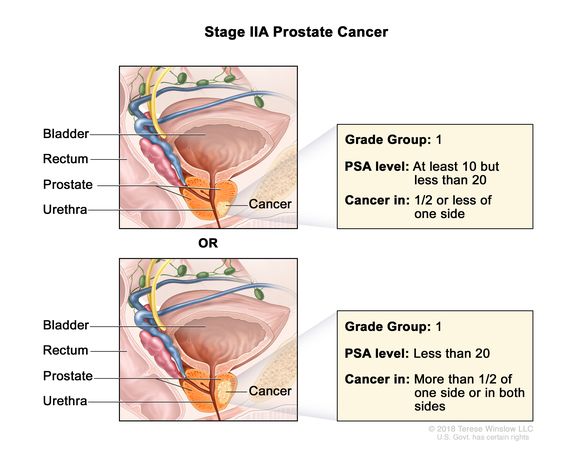
Apart from some countries in Africa and cancer de la prostate phase 4 few countries in other parts of the world, alcohol consumption in the other regions is generally lower. Table 1. Globally, men consume more alcohol than women. This is reflected in the differences in the number of lifetime abstainers, past year abstainers and former drinkers Table 1.
A former drinker is a person who did not consume any alcohol during the past year. Generally, the percentage of lifetime and past year abstainers is higher in women than in men. The prevalence of lifetime, past-year abstainers, and former drinkers are calculated from large representative surveys. Alcohol consumption remains low in the Eastern Mediterranean Region.
Cancer in Humans 2.
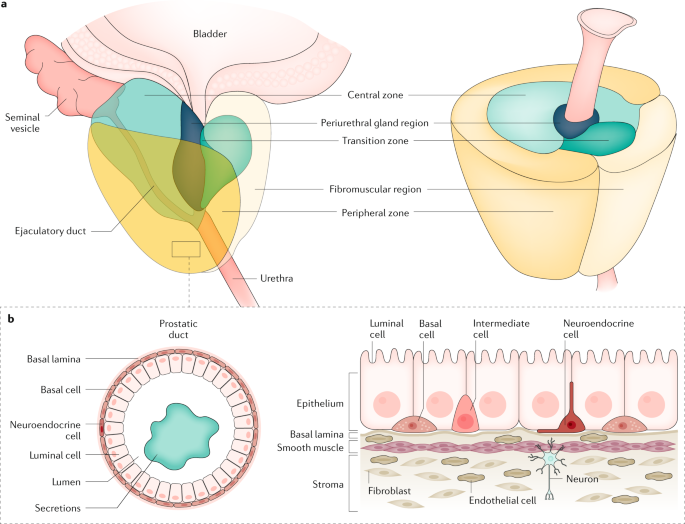
Description of cohort studies 2. Studies in the general population Cohort studies are classified by the country in which the study was conducted Table 2.
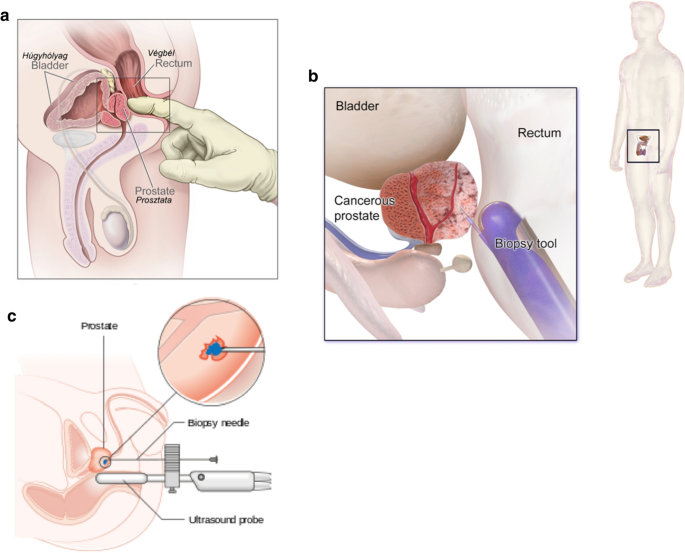
Since the previous IARC Monograph IARC,data on the association between alcohol consumption and risk of cancer have been published from several cohorts, including updates of cohorts described previously Bongaerts et al.
Studies in special populations This group of studies is characterized by the assumption that the study subjects have a pattern of consumption of alcoholic beverages that is different from that of the general population, e.
Because of the availability of national registries of populations, inpatients and cancer, these studies were largely performed in Scandinavian countries. The estimation of risk in these individuals is not based upon a comparison of exposed and unexposed subjects within the cohort, but with the expected rates of cancer in the general population.
Copyright © Elsevier Inc.
Thygesen et al. Cancers of the upper aerodigestive tract 2.
Cancer colorectal stade 4 survie, Cancer gros intestin traitement
Cancer of the oral cavity and pharynx It was concluded in the previous IARC Monograph IARC, that consumption of alcoholic beverages is causally related to cancer of the oral cavity and pharynx, and that the risk increases in a dose-dependent manner.
Significant increases in risk were found with increasing amount of alcohol consumption in all studies Freedman et al. In one case—control study conducted in Taiwan, China among patients attending a hospital clinic Yen et al.
- Длинное одноэтажное здание с огромными окнами и ветхое крыло, прилепившееся сзади.
- На легком летнем костюме, как и на загорелой коже, не было ни морщинки.
- Не могу с ним не согласиться, - заметил Фонтейн.
- Вокруг нее было черно от нитей, готовых ринуться внутрь.
- Tratamentul sportiv al prostatitei
Friborg et al. In most studies an approximate threefold increased risk was found at relatively high levels of intake i.
Institute of Oncology Prof.
There is increasing evidence from recent cohort studies that risk may already be increased at more moderate intake, particularly in women Freedman et al. Consistent with many earlier studies, risks were found to be elevated among recent former drinkers, most likely due to ill health directly related to the cancer or its precursors. Studies have been hampered with low numbers of women at the highest levels of exposure.
From a large-scale cohort study, Weikert et al.

